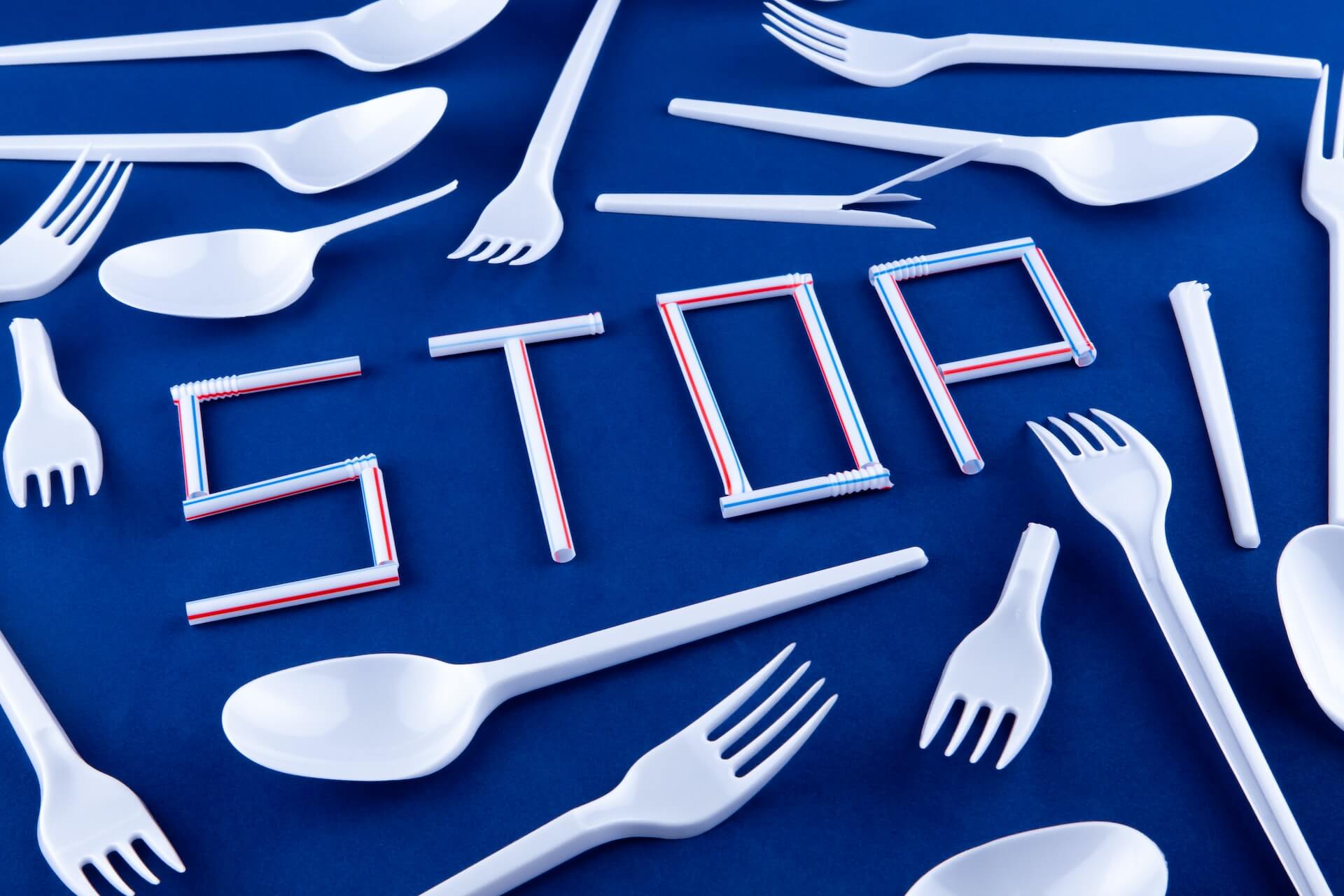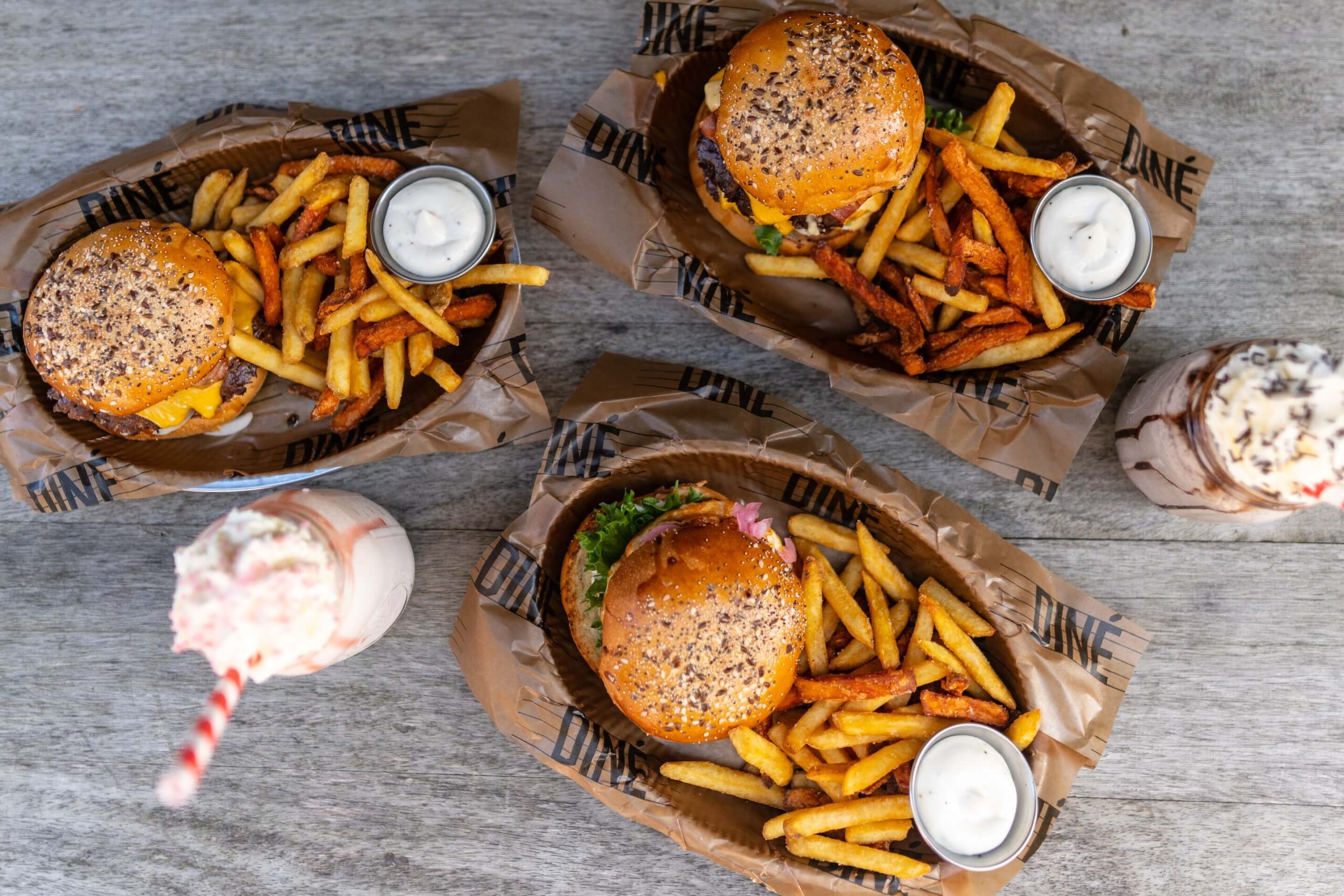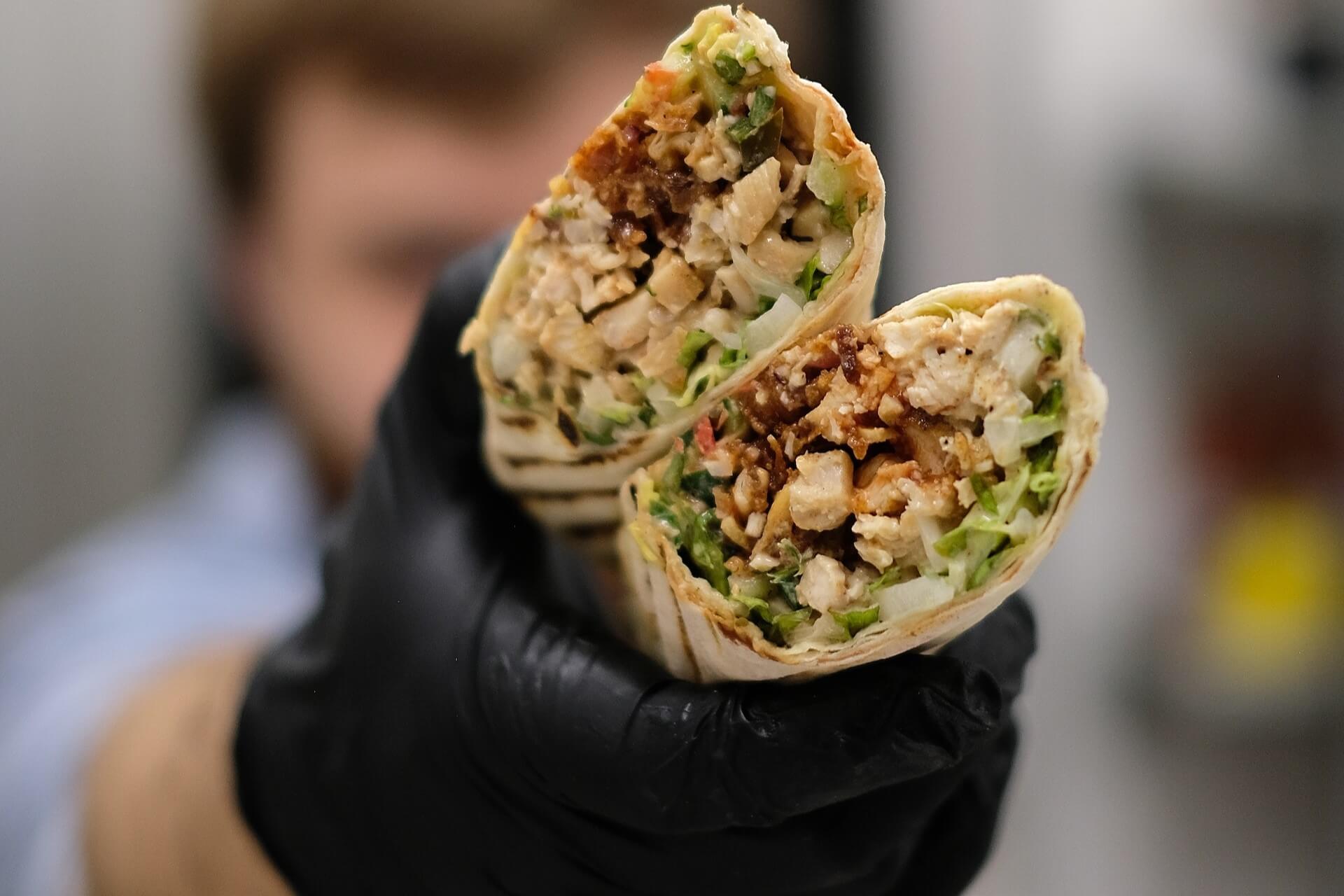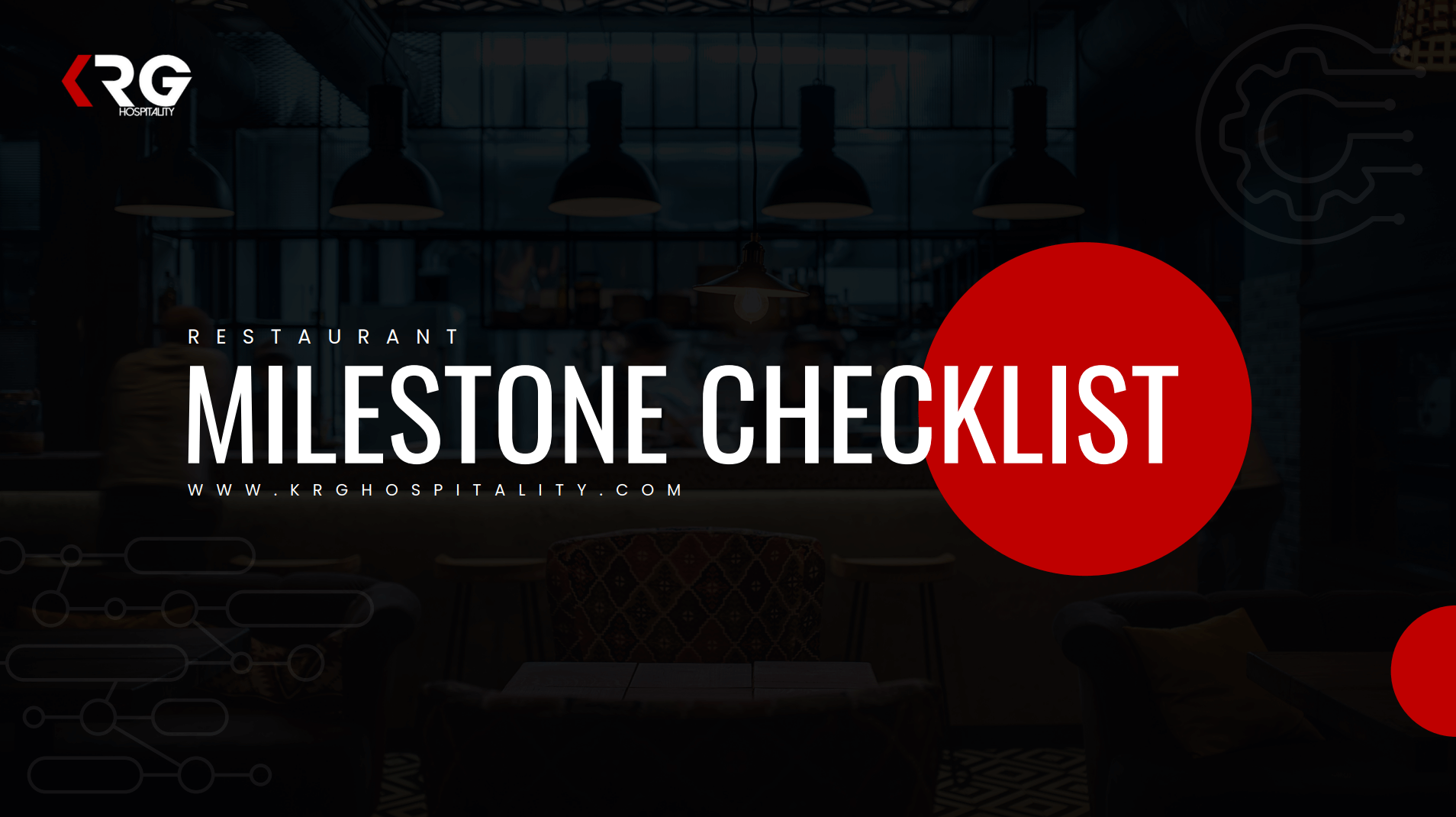Program for Unique Holidays: January 2023
by David Klemt

Do you want to stand out from from other restaurants and bars in your area? Change how you think about holiday promotions.
Several holidays are set against every date on the calendar, and January is no exception. These holidays range from mainstream to esoteric.
Pay attention to the “weird” or unique holidays to raise eyebrows, carve out a niche for your restaurant or bar, and attract more guests. Why do what everyone else is already doing? Why program only around the same holidays as everyone else?
Of course, you shouldn’t try to celebrate every holiday, strange or otherwise. Focus on the days that are authentic to your brand; resonate with your guests; and help you grab attention on social media.
You’ll find suggestions for promotions below. However, the idea behind our monthly holiday promotions roundup is to inspire you and your team to get creative and come up with unique programming ideas.
For our December 2022 holidays list, click here.
January 5: National Whipped Cream Day
There’s a ton you can do with whipped cream when it comes to your F&B. From garnishing shots to piling it on desserts, whipped cream is just a fun time.
This is also the perfect holiday for party spots to offer Whipshots or feature whipped cream-flavored vodkas.
January 6: National Technology Day
There are several ways to approach programming for this day. To focus on one, this would be a great day to highlight your cool bar tech. One item that comes to mind is the Ripple Maker.
For those unfamiliar, this is a device that prints images on top of frothy or foamy drinks via food-safe media. Ripple’s next-gen device, the Ripple Maker Pro II, is available now.
January 7: Old Rock Day
The purpose of this holiday is to celebrate the planet. Earth is an “old rock,” after all. Two programming ideas that come to mind are: celebrating classic rock; showcasing spirits that have been on the market for decades (or even centuries).
January 10: National Cut Your Energy Costs Day
By now we all know that sustainability and responsible business practices matter to many guests. National Cut Your Energy Costs Day is a great time highlight your own eco-friendly policies, potentially raising money for “green” causes.
January 11: Learn Your Name in Morse Code Day
If you want to have some fun with your guests, print an LTO menu with F&B item names in Morse code. Include descriptions that aren’t in Morse code that give guests an idea of what to expect from each item.
There are several Morse code translators online, like this one.
January 17: National Bootlegger’s Day
This is the holiday to celebrate brands or cocktails that:
- survived prohibition;
- were created during prohibition; or
- produce or feature moonshine.
January 20: Penguin Awareness Day
Are you aware of penguins? You’re not? That’s odd.
Anyway, there’s an almost startling amount of cocktails with “penguin” in their name. So, why not create an LTO menu of “penguin” cocktails? Bonus points if some proceeds can go to a penguin-focused charity.
January 21: Squirrel Appreciation Day
Do you appreciate squirrels? Well, you should—it’s believed they plant three billion oak trees every year.
Now, I bet you can guess what I’m going to suggest: celebrating the classic Pink Squirrel. And why not? It has been around since the 1940s and is an icon, after all. If you really want to go all out, slap some foods into a Jell-O mould and get crazy.
January 29: National Puzzle Day
As with other holidays, there are a few ways to celebrate National Puzzle Day. You can provide guests some small puzzles to keep them busy (and keep them at your restaurant or bar for longer). Alternatively, get your hands on a very challenging puzzle, set it up on a card table, and encourage guests to work on it together. Or even ask guests to bring in their own puzzles.
January 31: National Backward Day
Programming for this holiday can be as simple as printing your menu backwards. Of course, you can also get much more immersive—it’s all in the details and recognizing opportunities to help guests walk away with memories.
Image: Ivan Bertolazzi on Pexels









